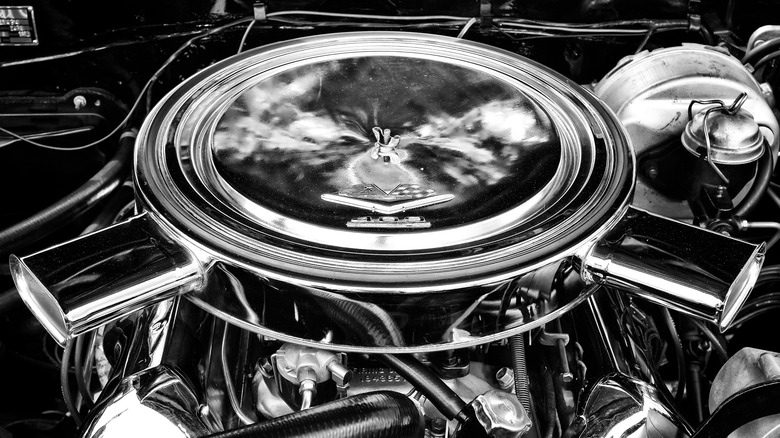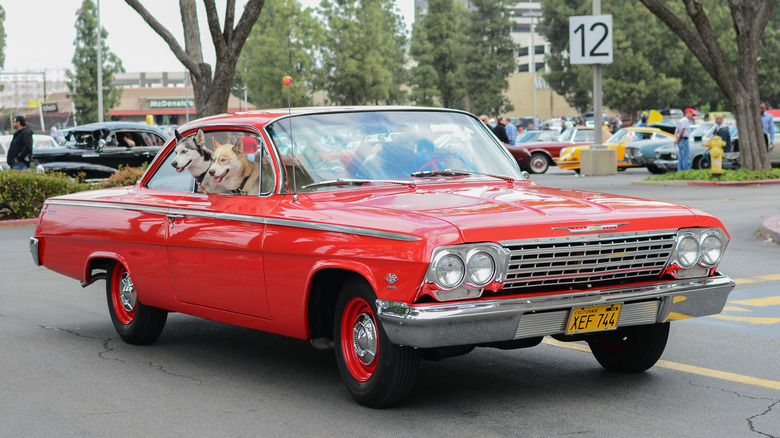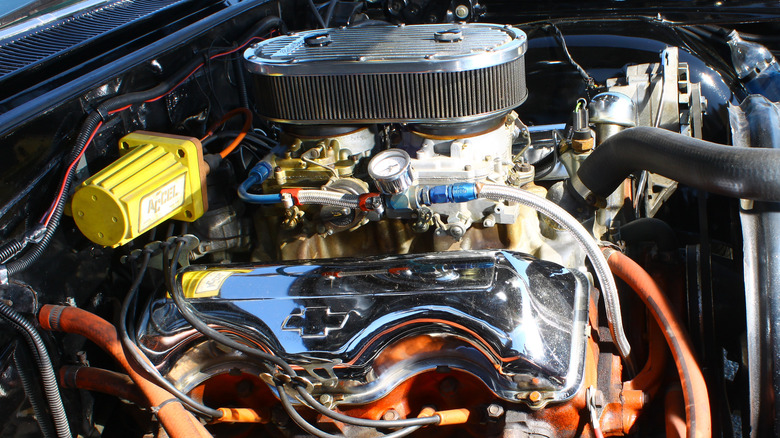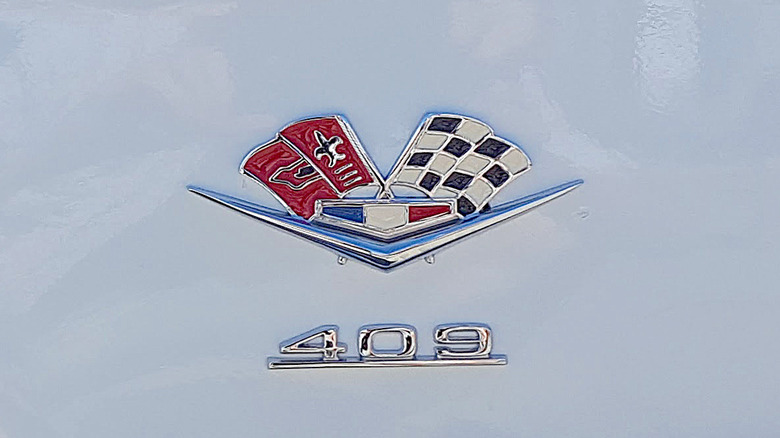Chevrolet 409 V8: What Made It So Special, And Why Are They So Rare?
The Chevrolet 409 V8 had a significant, but brief moment in the history of American big-block, high-performance engines. While the 409 V8 may be best known as the title of a popular Beach Boys song released in 1962, the engine itself also had some unique features that helped it become a legend on both the street and the drag strip.
The Chevrolet 409 V8 was a higher-displacement version of the 348 cubic inch engine that was developed for Chevy's 1958 models. Chevrolet engineers needed a larger-displacement motor that could handle the needs of the larger, heavier cars that were planned for the late 1950s and the years beyond. The Chevrolet 348 and 409 V8 engines were known internally as W-series engines. These new V8 engines used a block that was larger, heavier, and more powerful than the groundbreaking small-block Chevy introduced in 1955. The Chevrolet 409 V8 was introduced in late 1961, and achieved its larger displacement through an increase in both bore and stroke, compared to the original 348 V8 version.
What made the Chevrolet 409 V8 so special?
The Chevrolet 409 V8 had some interesting design features when compared to other engines of the era. As opposed to the usual practice of creating a combustion chamber in the cylinder head, the 409 V8 had its block deck-milled at a 74-degree angle, which was 16 degrees away from the perpendicular. This, combined with the use of pistons that had an angular crown, resulted in a combustion chamber formed by the top of the cylinder itself. This design provided very good combustion characteristics, while also allowing for a wide variety of compression ratios and displacements with few tooling changes.
Chevrolet's 409 V8 also featured valves that were offset in two different planes, which allowed for larger valves (the intakes were 2.20 inches and the exhausts were 1.72 inches in diameter). Another distinctive design feature that you can see without dismantling the 409 V8 is its unique valve cover design, a result of its offset valve layout. The initial version of the Chevrolet 409 V8 that was released in 1961 ran an 11.25:1 compression ratio.
Why is the Chevrolet 409 V8 so rare?
Due to its introduction late in its initial model year, the 1961 409 V8 engines can be considered the rarest, with only 142 examples produced. These were all utilized in Chevrolet Impala SS models. Based on information from GM's Tonowanda, NY engine plant, a total of over 15,000 Chevrolet 409 V8 engines were produced during its five-year production run, which spanned 1961 to 1965. Of these, around 9,000 went into production Chevrolets (listed as RPO 587), while the remaining 6,000 or so were sold as crate engines through Chevrolet's parts departments. The 409 V8 could be specified for any model of the full-sized Chevrolet (Impala, Bel Air, or Biscayne).
While most of the Chevrolet 409 V8 engines built into street vehicles used the more mildly-tuned, single 4-barrel carbureted 360-horsepower version mated to an automatic transmission, numerous high-performance versions would become available as the 409 V8 engine evolved through its short lifespan. Starting with the base 360-horsepower version in 1961, it later received a dual-quad setup and a more aggressive cam, boosting it to 409 horsepower. During its next model year, 1962, the addition of solid lifters increased the 409 V8's output to 425 horsepower.
The rarest Chevrolet 409 V8 is really a 427
There was one more extremely rare version of the Chevrolet 409 V8 engine, but it technically was not a 409. A special version, made especially for drag racing, increased the stroke of the 409 V8 by .150 inches to a total of 3.65 inches, with a compression ratio of 13.8:1. This had the effect of increasing the 409's displacement to 427 cubic inches, a mythical size in Chevy engine lore — but this was not that famous engine.
There were somewhere between 50 and 57 of these super high-performance versions produced for 1963 (listed as RPO Z11, at a cost of $1,240), which carried a manufacturer's rating of 430 horsepower, but were easily capable of putting out 500 horsepower. These powerful Z11 cars could do 0-60 in 3.4 seconds, and the quarter-mile in 10.8 seconds. The cost of a Z11 was $4,000 in 1963 — which on its own is around $41,000 in today's money.
Today's auction prices can give us an idea of how the collector's market values the vehicles that were equipped with the Chevrolet 409 V8 engine. Prices range anywhere from $40,000 to $96,000, depending on rarity and condition. The rarer convertibles bring higher prices than most coupes and sedans, hammering down between $71,000 and $84,500. The super-rare Z11 versions with lightweight bodies command much higher prices — the first Z11 built, campaigned by famous drag racer Bill "Grumpy" Jenkins, went for $525,000 at the 2014 Mecum auction in Kissimmee, Florida.



